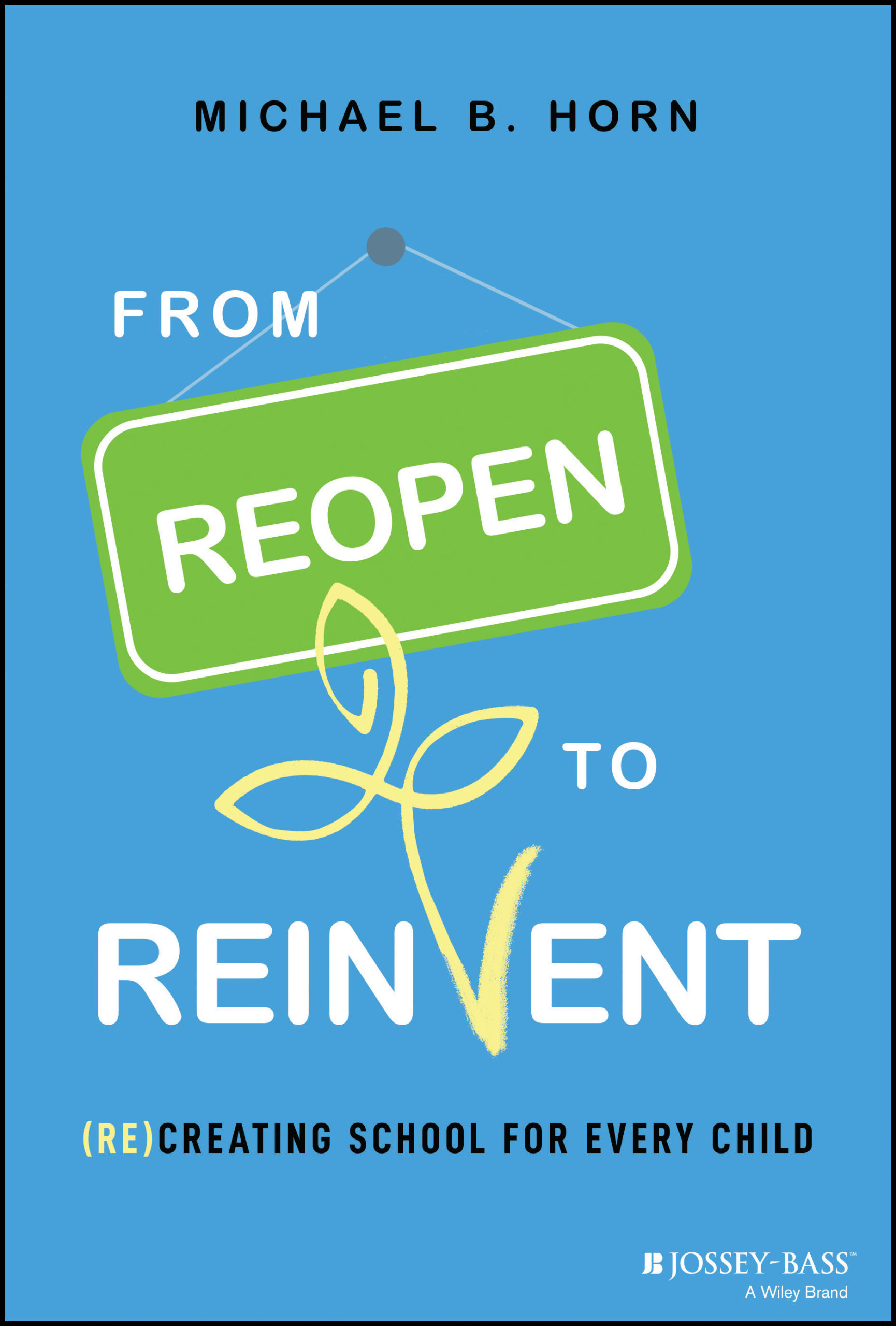The Future Of LinkedIn Learning And The Link Between Education And Work
With the acquistion of Lynda.com, LinkedIn propelled itself into the space of learning in 2015. Roughly a year later LinkedIn announced the launch of LinkedIn Learning to help people discover and develop the skills they need through a learning path that is curated and personalized. Since then, LinkedIn Learning has solidified itself as a staple in the education-workforce landscape.
I caught up with Tanya Staples, the VP of Learning Content at LinkedIn to hear more about the growth of LinkedIn Learning, its broader impact on learning and the workforce, and bigger trends in education and employment.
Michael Horn: What growth have you seen since launching LinkedIn Learning? What learning trends are affecting that trajectory?
Tanya Staples: Since we launched LinkedIn Learning in September of 2016, we’ve seen tremendous momentum in our business and now have over 12,000 enterprise customers, in addition to millions of LinkedIn members, who are using the product. On the content side, we added 3,200 courses in 2018 alone, and we publish about 60 new courses a week, bringing the total portfolio to over 13,000 business, technology and creative courses. In terms of the LinkedIn Learning platform, we’re also driving the highest engagement numbers in the industry. What’s the special sauce? We leverage data from nearly 600M member profiles and billions of interactions to automatically deliver personalized course recommendations that quickly connect learners to the most relevant, applicable learning.
It’s clear that macroeconomic shifts and business trends have given us a nice tailwind. Record low unemployment numbers have accelerated two important learning trends. For individuals, learning has become a priority to either grow in their current role or be considered for a new and better one. For companies, the tight labor market has made hiring for in-demand skills a big challenge, so quantifying and closing skills gaps is a growing priority for most L&D leaders and the data proves that out. Our new 2019 Workplace Learning Report shows that understanding skills gaps is a top concern for talent leaders and we don’t see that changing for the foreseeable future.

0 comments